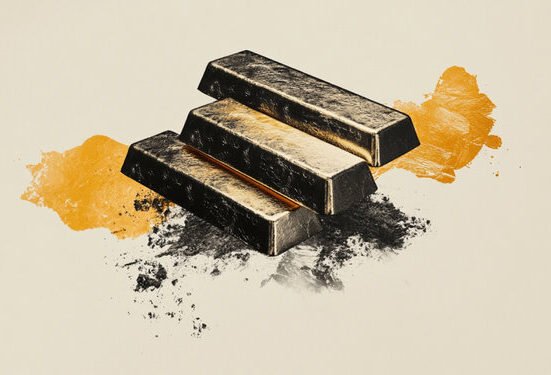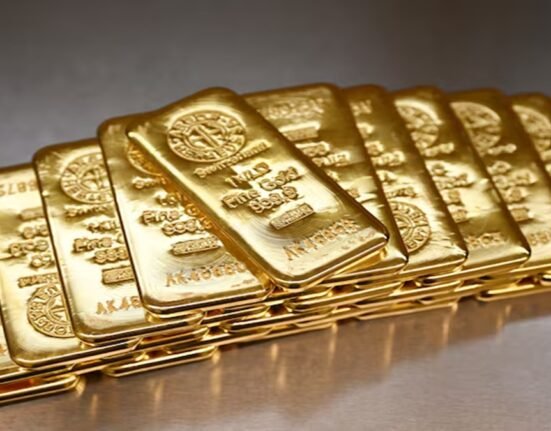Dateline Resources (ASX: DTR) has begun geotechnical sampling on its 100%-owned Colosseum gold-REE (rare earth elements) project in San Bernardino County, California, with a view to defining targets for upcoming drilling.
In a press release last week, the Australian explorer said its field team is systematically collecting approximately 1,200 samples across the broader project area, starting with the highest-priority zones highlighted by recent geological mapping and gravity survey reviews.
All samples will undergo multi-element laboratory analysis (including the full suite of rare earth elements) to detect geochemical anomalies and pathfinder elements, Dateline said, adding that these results will help generate detailed geochemical maps and prioritize areas with the greatest gold or REE potential for drilling.
While the initial set of results is expected as early as July, the company said it will wait for the entire dataset to arrive before analyzing the results.
In addition, the Dateline team will also conduct a magnetotelluric (MT) survey during the latter stages of the soil program, with the aim of visualizing the geological structures on the Colosseum property. It may also use ground-based magnetic surveys to support the MT survey.
Right timing
The start of exploration work on the Colosseum project comes at a time when both gold and rare earths are garnering increased attention.
Gold, which thrives in turbulent times, has been one of the top-performing commodities this year, and in mid-April set a new record of $3,500/oz. Rare earths have become the focal point of the US tariff war with China, which controls nearly all of the world’s supply and has leveraged this in trade discussions.
For decades, the US has relied heavily on Chinese imports. Currently, the nation has only one producing REE mine — the Mountain Pass in California — located 10 km south of Dateline’s Colosseum project.
The Colosseum project already has a rich history of gold mining dating to the California Gold Rush era. Commercial-scale gold mining took place on the property in the late 1980s under the ownership of Canada’s LAC Minerals, producing a total of 344,000 oz. from two open pits until its closure in 1993. Since then, the property has had minimal activity. Its potential for REE production had yet to be explored.
“The last time this mine was in operation, the gold price was under $350/oz., and there was little incentive to do follow-up exploration work for hidden breccia pipes. During that period, rare earth elements (REEs) were not yet a focus, so the significant REE findings at Colosseum has only recently become important,” Dateline’s managing director Stephen Baghdadi explained.
“We are now in a very different environment, with much higher gold prices and strong strategic demand for REEs, which makes our systematic field program at Colosseum essential,” he added.
According to the company, the current exploration initiatives are key to its strategy to advance the project’s dual gold-REE potential. Any encouraging anomalies or targets defined by the soil and MT surveys will feed into the planning of the upcoming drilling campaigns, it said. An initial REE-focused drilling program is currently being finalized.
DOI endorsement
The Colosseum project recently received the public support of the US Department of the Interior due to its potential to become America’s second REE mine.
Speaking to Fox News earlier this month, Secretary of the Interior Doug Burgum called the revival of the Colosseum mine project in California a “pivotal step” towards bolstering America’s supply of critical minerals.
Review of historical data by Dateline’s team has led to the conclusion that Colosseum shares the same geological setting as Mountain Pass, which started production in 1952 and was a primary global source of rare earth elements (REE) from the 1960s to the 1990s.
The project currently has no estimated resources for REE, only a JORC-2012-compliant gold resource of 1.1 million oz., with about two-thirds in the measured and indicated categories. A scoping study in August 2024 outlined an eight-plus-year mine life averaging 75,000 oz. of gold production per annum.







